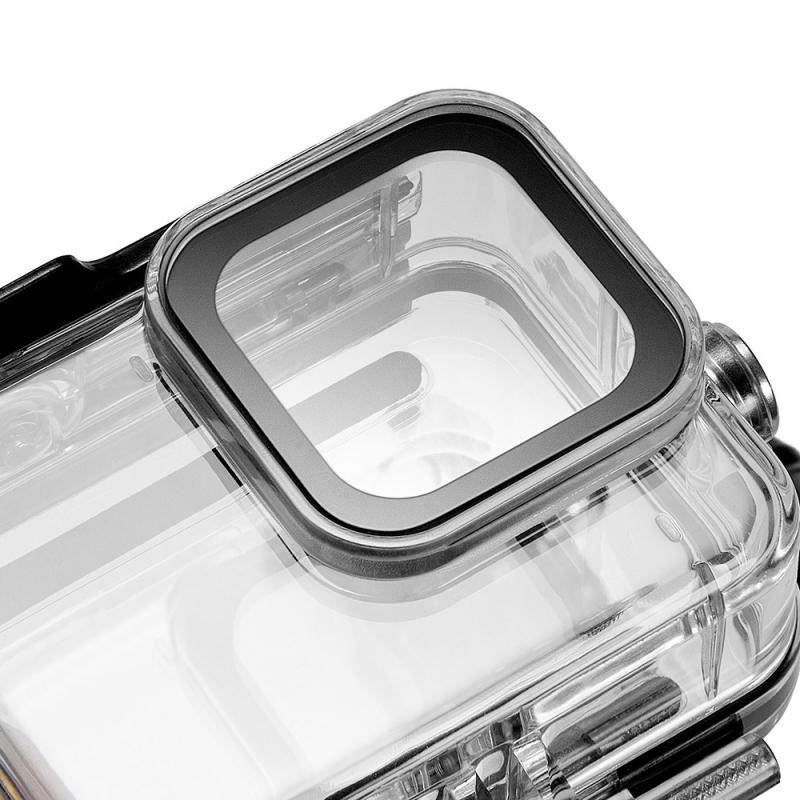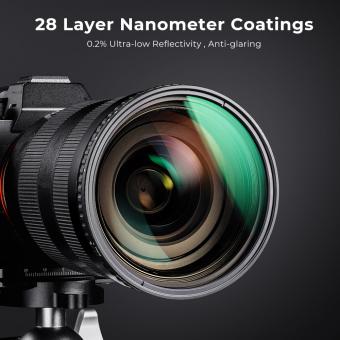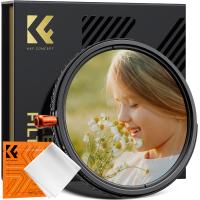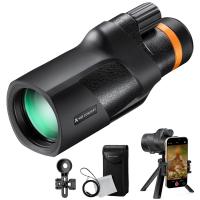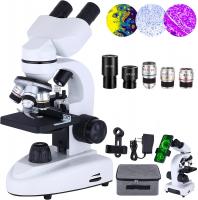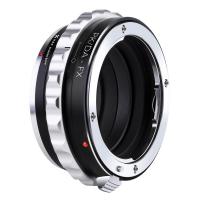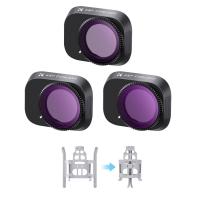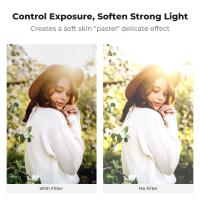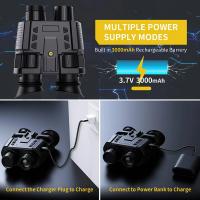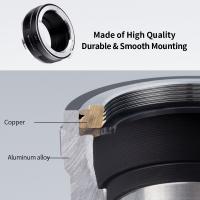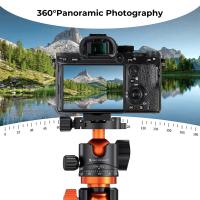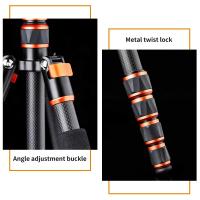What Filters To Use For Photography ?
There are various filters that can be used in photography to achieve different effects. Some commonly used filters include:
1. UV Filter: This filter helps to reduce the ultraviolet light that enters the lens, resulting in clearer and sharper images, especially in outdoor photography.
2. Polarizing Filter: This filter helps to reduce glare and reflections from non-metallic surfaces, such as water or glass. It also enhances color saturation and contrast in the image.
3. Neutral Density (ND) Filter: ND filters reduce the amount of light entering the lens, allowing for longer exposure times. They are useful for capturing motion blur in landscapes or creating a shallow depth of field in bright conditions.
4. Graduated Neutral Density (GND) Filter: GND filters have a gradient of darkness, with one half being clear and the other half being neutral density. They are used to balance the exposure between the bright sky and darker foreground in landscape photography.
5. Color Correction Filters: These filters are used to correct color casts or achieve specific color effects. For example, a warming filter can add a warm tone to the image, while a cooling filter can add a blue tone.
It's important to note that the specific filters you choose will depend on your photography style and the desired effect you want to achieve.
1、 UV Filters: Protects lens and reduces haze in outdoor photography.
UV filters are a popular choice among photographers for various reasons. One of the primary purposes of a UV filter is to protect the lens from scratches, dust, and other potential damage. It acts as a physical barrier, shielding the lens from any potential harm. This is particularly important when shooting in outdoor environments where the lens is more susceptible to getting bumped or scratched.
Additionally, UV filters also help reduce haze in outdoor photography. Ultraviolet light is known to cause a bluish cast and reduce the overall clarity of an image. By using a UV filter, photographers can minimize this effect and achieve sharper, more vibrant images. This is especially beneficial when shooting landscapes or scenic views, as it helps to bring out the true colors and details of the scene.
However, it is worth noting that the use of UV filters has been a topic of debate among photographers in recent years. Some argue that modern lenses are already equipped with coatings that effectively reduce UV light, making the use of UV filters unnecessary. Others believe that the added protection and slight improvement in image quality are still worth the investment.
Ultimately, the decision to use a UV filter comes down to personal preference and the specific shooting conditions. If you frequently shoot in outdoor environments or are concerned about lens protection, a UV filter can be a valuable addition to your photography gear. However, if you primarily shoot indoors or in controlled lighting conditions, the benefits of a UV filter may be less significant.
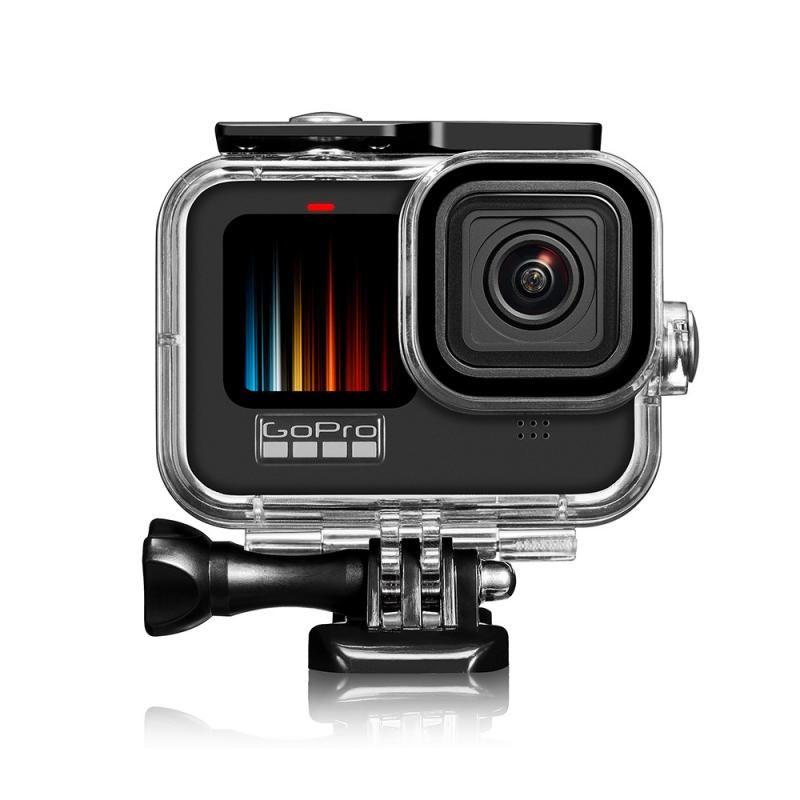
2、 Polarizing Filters: Reduces glare and enhances color saturation.
Polarizing filters are a popular choice among photographers for their ability to reduce glare and enhance color saturation. These filters work by blocking certain light waves, allowing only light that is aligned in a specific direction to pass through. This helps to eliminate reflections and unwanted glare from surfaces such as water, glass, and shiny objects.
One of the main benefits of using a polarizing filter is the ability to enhance color saturation. By reducing the amount of scattered light, the filter allows colors to appear more vibrant and saturated. This is particularly useful when photographing landscapes, as it can make the sky appear bluer and the foliage more vibrant.
Additionally, polarizing filters can also help to improve contrast in your images. By reducing glare, the filter allows for better differentiation between light and dark areas, resulting in a more balanced and visually appealing photograph.
It is important to note that the effectiveness of a polarizing filter can vary depending on the angle at which you are shooting. The filter works best when the light source is at a 90-degree angle to the subject. Therefore, it is important to adjust the filter accordingly to achieve the desired effect.
In recent years, advancements in digital post-processing software have allowed photographers to replicate some of the effects of polarizing filters in post-production. However, using a physical filter still offers several advantages. It allows you to see the effect in real-time through the camera's viewfinder, saving time and effort in post-processing. Additionally, using a polarizing filter can help to protect your lens from dust, scratches, and other potential damage.
In conclusion, polarizing filters are a valuable tool for photographers looking to reduce glare and enhance color saturation in their images. While advancements in post-processing software have provided alternative options, using a physical filter still offers several advantages and remains a popular choice among photographers.
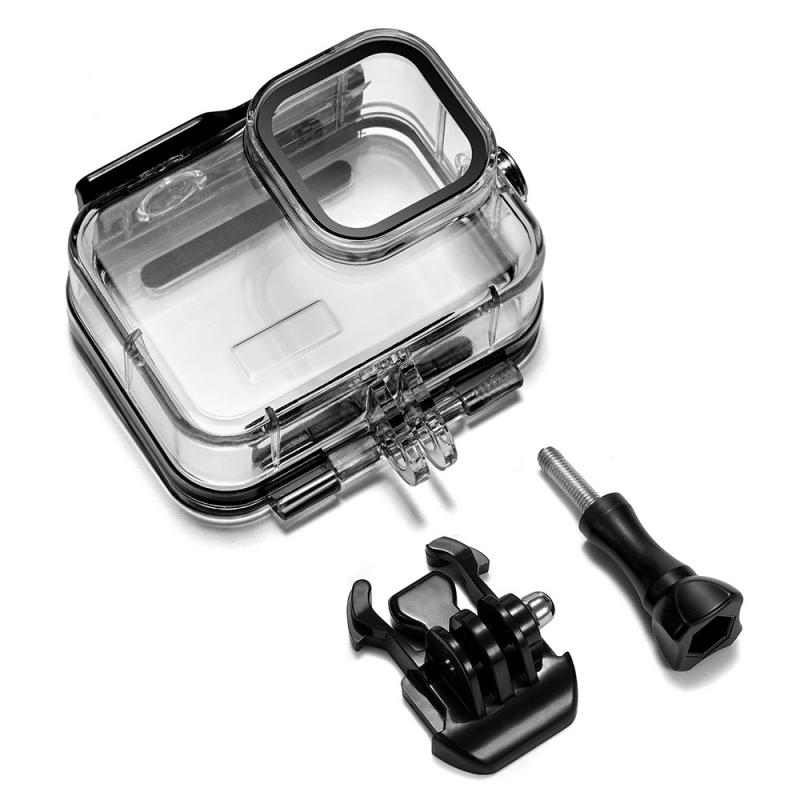
3、 Neutral Density Filters: Reduces light intensity for long exposures or wide apertures.
Neutral density (ND) filters are essential tools for photographers looking to control the amount of light entering their camera lens. These filters are particularly useful in situations where you want to achieve long exposures or use wide apertures in bright lighting conditions.
ND filters work by reducing the intensity of light without affecting the color or quality of the image. They come in various strengths, measured in stops, which determine the amount of light that is blocked. Common ND filter strengths include 1-stop, 2-stop, 3-stop, and so on, with higher stop values blocking more light.
One of the primary uses of ND filters is to create long exposures. By using a strong ND filter, photographers can slow down the shutter speed, allowing for the capture of motion blur in subjects like waterfalls, rivers, or clouds. This technique can result in stunning images with smooth, flowing water or dramatic cloud movement.
ND filters are also beneficial when shooting with wide apertures in bright conditions. In situations where you want to achieve a shallow depth of field, such as in portrait photography, using a wide aperture can result in overexposed images. By using an ND filter, you can reduce the amount of light entering the lens, allowing for wider apertures without overexposure.
In recent years, advancements in camera technology have led to the development of variable ND filters. These filters allow photographers to adjust the strength of the ND effect by rotating the filter, providing greater flexibility in controlling exposure. Variable ND filters are particularly useful in situations where lighting conditions may change rapidly, such as during outdoor shoots.
In conclusion, neutral density filters are essential tools for photographers looking to control light intensity in their images. Whether you want to achieve long exposures or use wide apertures in bright conditions, ND filters provide the means to do so effectively. With the advent of variable ND filters, photographers now have even more flexibility in controlling exposure and capturing stunning images.

4、 Graduated Neutral Density Filters: Balances exposure between bright and dark areas.
Graduated Neutral Density (ND) filters are a popular choice among photographers for balancing exposure between bright and dark areas in a scene. These filters are particularly useful in landscape photography, where the sky is often much brighter than the foreground.
A Graduated ND filter is a rectangular or square filter that has a darkened portion on one end and a clear portion on the other. The darkened portion gradually transitions into the clear portion, allowing the photographer to selectively reduce the amount of light entering the camera from the brighter areas of the scene, such as the sky. This helps to prevent overexposure in the sky while properly exposing the foreground.
The latest point of view on Graduated ND filters is that they are still highly relevant and useful in photography, especially with the advancements in digital post-processing techniques. While it is possible to balance exposure in post-production, using a Graduated ND filter in-camera can save time and effort during the editing process. Additionally, using a filter in-camera allows for a more accurate representation of the scene at the time of capture.
There are various types of Graduated ND filters available, including hard-edge and soft-edge filters. Hard-edge filters have a distinct transition between the darkened and clear portions, making them suitable for scenes with a clear horizon line. Soft-edge filters have a more gradual transition, making them ideal for scenes with uneven horizons or objects that protrude into the sky.
In conclusion, Graduated ND filters remain an essential tool for photographers, particularly in landscape photography. They help to balance exposure between bright and dark areas, resulting in well-exposed images with a more even tonal range. While post-processing techniques can achieve similar results, using a filter in-camera offers convenience and accuracy in capturing the scene as intended.
